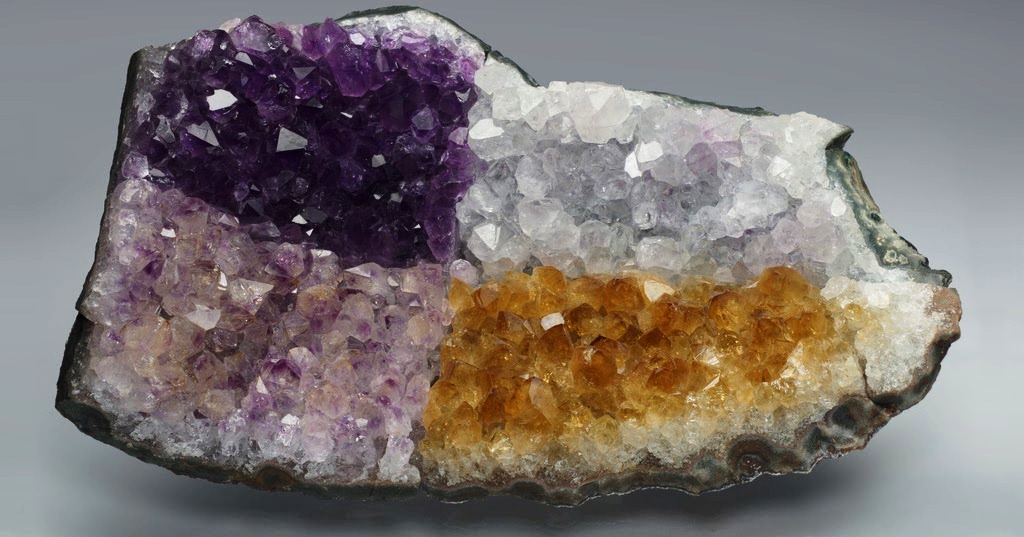



For example, the purple variety of quartz is called amethyst, and is the state mineral of South Carolina. Quartz is the most common mineral in the Earth's crust. An example is Quartz – Silicon dioxide (SiO 2). Minerals are classified based on characteristics such as hardness and crystal shape (e.g., hexagonal, cubic). Minerals are naturally occurring, inorganic, solids with a specific chemical formula and atomic arrangement.
#IDENTIFICATION AMETHYST COLOR CHART DOWNLOAD#
You may also bring your mystery rock to the museum for identification ( download the ID Request form here). Once you have identified the relative abundance of different minerals in your rock, you can come see examples of common Upstate rocks at the museum or you can refer to an online or other reference for identification. If your specimen is a rock, you will need to identify the individual minerals that compose it by following the mineral identification guide below. You can see some examples of rocks common in the Clemson area here. An example is Winnsboro Blue Granite – an igneous rock composed of the minerals quartz, feldspar and mica that is also the state stone of South Carolina. There are three broad categories of rocks-igneous, metamorphic, and sedimentary.

Rocks are naturally occurring combinations of two or more minerals.
#IDENTIFICATION AMETHYST COLOR CHART HOW TO#
If you think your specimen may be fossilized bone or wood, please see the description below regarding how to tell the difference. If your specimen is not a fossil, keep reading below. Please fill out the form as completely as possible and bring it with you when you drop off your specimen for identification. However, if what you have is a fossil, you can send a few high-resolution digital photographs to our curator at the following address ( all requests must be accompanied by a completed specimen ID form), or you can drop off your fossil at the museum for identification ( download the ID Request form here). Also be sure to check out our webpage on the Paleontological Resources of South Carolina.įossils are exceedingly rare in the Upstate of SC but are quite common in much of southern portion of the state. An example of a fossil is Mammuthus columbi (Wooly Mammoth), which also happens to be the state fossil of South Carolina. Please click here to learn more about artifact identification resources in South Carolina.įossils are any evidence of past life including body parts such as bones, feathers, scales and leaves, or other preserved traces of behavior such as footprints, burrows and excrement. The Bob Campbell Geology Museum does not identify artifacts. Please see the section below for information on meteorite identificationĪrtifacts are objects made by modern or prehistoric humans (e.g., arrowheads and pottery). The Campbell Geology Museum does not offer identification of potential meteorites. The first thing to do is to determine if your specimen is an artifact, a fossil, a rock, or a mineral. Determine if your specimen is an artifact, a fossil, a rock, or a mineral (Parents and teachers- this easy, low-cost and entertaining activity is also well suited for a rainy day or the classroom, respectively) Step 1. Reference books that can help you to identify minerals, rocks, rocks, fossils, and meteorites are available for purchase in our gift shop. You will also find some detailed descriptions and pictures of common minerals from the Upstate area. You will find some practical information about identifying minerals and you will be guided through a few simple tests you can do at home that will assist you with narrowing the possible identification of your specimen(s). The following is designed to help you identify common rocks and minerals found in the Upstate of SC and surrounding areas.


 0 kommentar(er)
0 kommentar(er)
